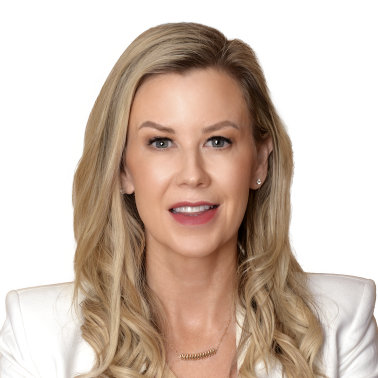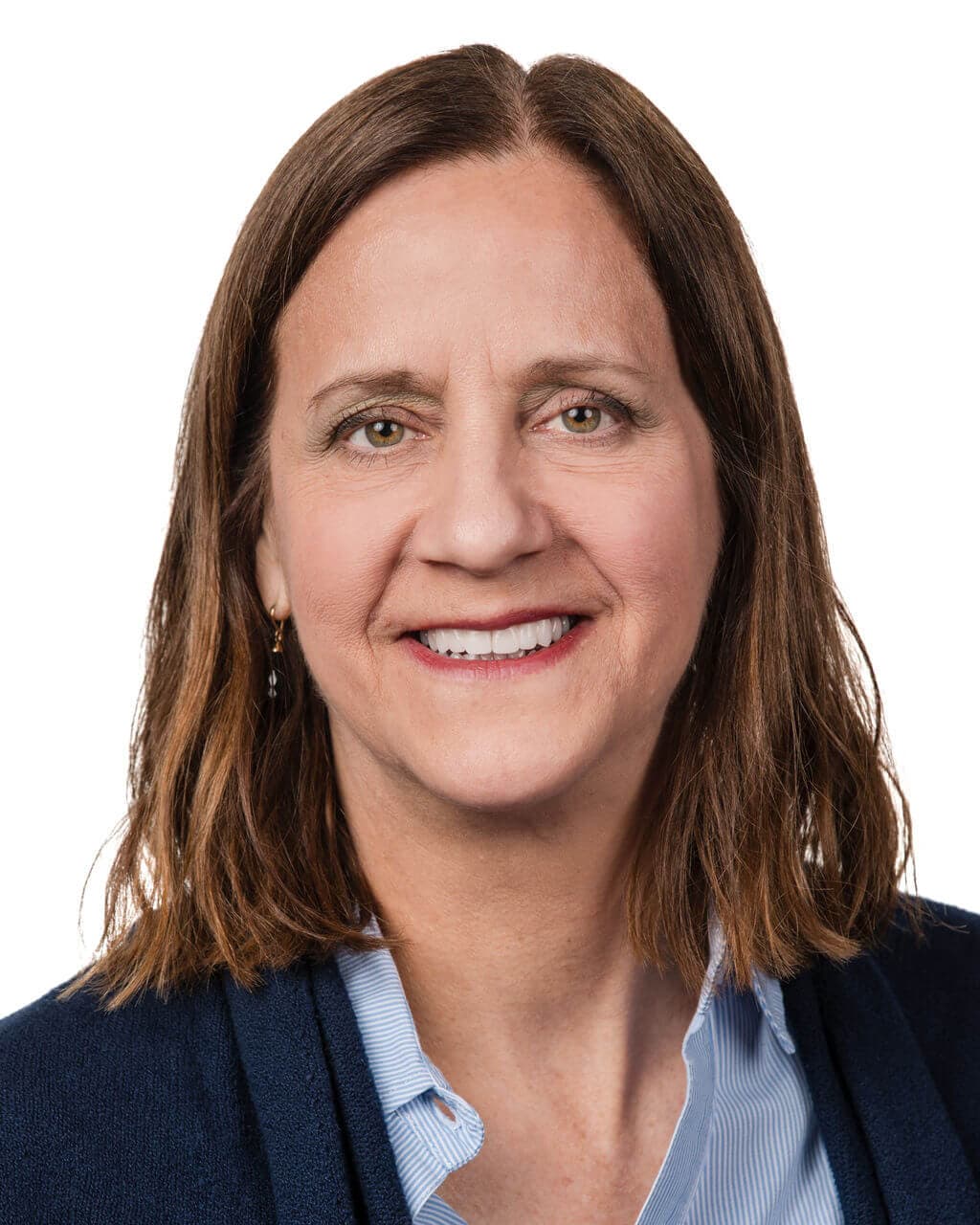
The Rule of 40 for SaaS companies is a metric used by venture capitalists to evaluate the performance and potential of a SaaS startup. It does NOT work all that well for super early-stage companies, and is more of a growth stage metric.
How to calculate the Rule of 40
Calculating the Rule of 40 is done by adding the company’s annual growth rate to its profit margin (expressed as a percentage) - note that most VCs only use recurring revenue growth in the calculation, ignoring non-recurring revenue or one time earnings. The goal is to have a number OVER 40.
The thesis behind the Rule of 40
The idea behind the rule is that a company’s growth and profitability should be in balance, and a company that scores above 40 is considered to be in a strong position. Venture capitalists use this rule as a way to assess a SaaS company’s potential for scaling and profitability, and it is considered as a quick and simple way to measure the health of a startup. This metric is really a “back-of-the-envelope” metric, or a “heuristic” tool, which can be used as a thumb-rule for evaluating the potential of a SaaS startup.
This metric works well for companies that are public - or for very late stage SaaS startups. However, early on in a company’s life, it is very common to have a much more negative net income. Early-stage companies tend to spend a lot on building product and getting to and staying in a sustainable product-market fit position.
So founders should not obsess over this metric early on. Other metrics, like burn multiple and overall ARR growth (and gross profit) matter much more at the earliest stages.
Rule of 40 formula
The formula is simple (hence the appeal):
Annual recurring revenue growth rate (expressed as a %) + Net Income Margin (as a %) = Rule of 40
Over 40 = GREAT!
Under 40 = Not growing fast enough to justify burn
Example calculations
Here are a few, made-up examples of SaaS company metrics and the resulting Rule of 40 calculations:
Example 1:
A SaaS company has a net income margin of -20% and a growth rate of 60%. When these figures are added together, the company’s Rule of 40 calculation is 40%. This indicates that the company has a balance of growth and profitability, and the rule of 40 result is right on the bubble of being “acceptable,” at least according to the theory behind this metric.
Example 2:
A SaaS company has a net income margin of -30% and a growth rate of 80%. When these figures are added together, the company’s Rule of 40 calculation is 50%. Therefore, with a strong growth rate, the company may still be considered a viable investment opportunity by venture capitalists, as long as the company can demonstrate the potential to reach positive net income margins in the future.
Example 3:
A SaaS company has a net income margin of -40% and a growth rate of 40%. When these figures are added together, the company’s Rule of 40 calculation is 0%. This startup may be considered a weak investment opportunity by venture capitalists.
It’s important to note that these are examples and the actual numbers will vary depending on the company’s current stage and industry. The Rule of 40 should not be taken as a definitive metric and should be used in conjunction with other financial and operational metrics to evaluate the performance and potential of a SaaS startup.
Why the metric sort of makes sense
Most early-stage SaaS startups operate at a negative net income margin, meaning that they are losing money. This is not surprising - these startups are investing heavily in sales and marketing efforts to acquire new customers and grow their revenue, and are still doing a high percentage of R&D vs their revenue. And if one of these startups is growing fast enough, then it is more “OK” to be losing a lot of money.
Of course, the economic landscape changed rapidly in 2022, and many VCs were not as enamored at the “growth at all costs” mentality that they had pushed in 2021. SaaS founders will need to think beyond the Rule of 40 when evaluating their companies, focusing on quality of customers, retention, and (drum roll) - cash management and responsible burn rate.
We think more founders (and VCs) will be focusing on burn multiples, and other measures of SaaS performance in the near term.











